The Hidden Costs of Manual Compliance Tracking
In an industry where compliance is non-negotiable, many financial institutions still rely on outdated, manual methods to manage unclaimed safe deposit box contents. While this may seem cost-effective on the surface, the hidden risks and inefficiencies tell a very different story.
💸 The True Cost of Staying Manual
Manual compliance tracking introduces several challenges:
- Human Error: Even the most diligent employees can make mistakes—mislabeling a bag, forgetting an entry, or misplacing a record.
- Operational Delays: Manually updating spreadsheets or paper logs consumes time, delaying audit readiness and regulatory reporting.
- Security Vulnerabilities: Paper trails and siloed systems lack traceability, increasing the risk of unauthorized access or asset mismanagement.
- Increased Overhead: Institutions must allocate more manpower to manage, verify, and correct manual records—driving up operational costs.
📉 Risk of Non-Compliance
Regulatory bodies expect strict adherence to escheatment and auditing laws. Manual processes make it harder to prove due diligence, leading to:
- Fines and Penalties
- Reputational Damage
- Audit Failures
- Legal Consequences
✅ Why Automation Is a Smart Investment
Platforms like SafeChief remove the guesswork from compliance management by:
- Automating property tracking and movement.
- Ensuring real-time visibility across locations.
- Generating audit-ready reports instantly.
- Securing access with multi-layer authentication.
By investing in automation, financial institutions save money in the long run, reduce risk, and regain control of their compliance workflows.
🚀 Ready to Move Beyond Manual?
Manual tracking is costing your institution more than you think. It’s time to upgrade your compliance game.

